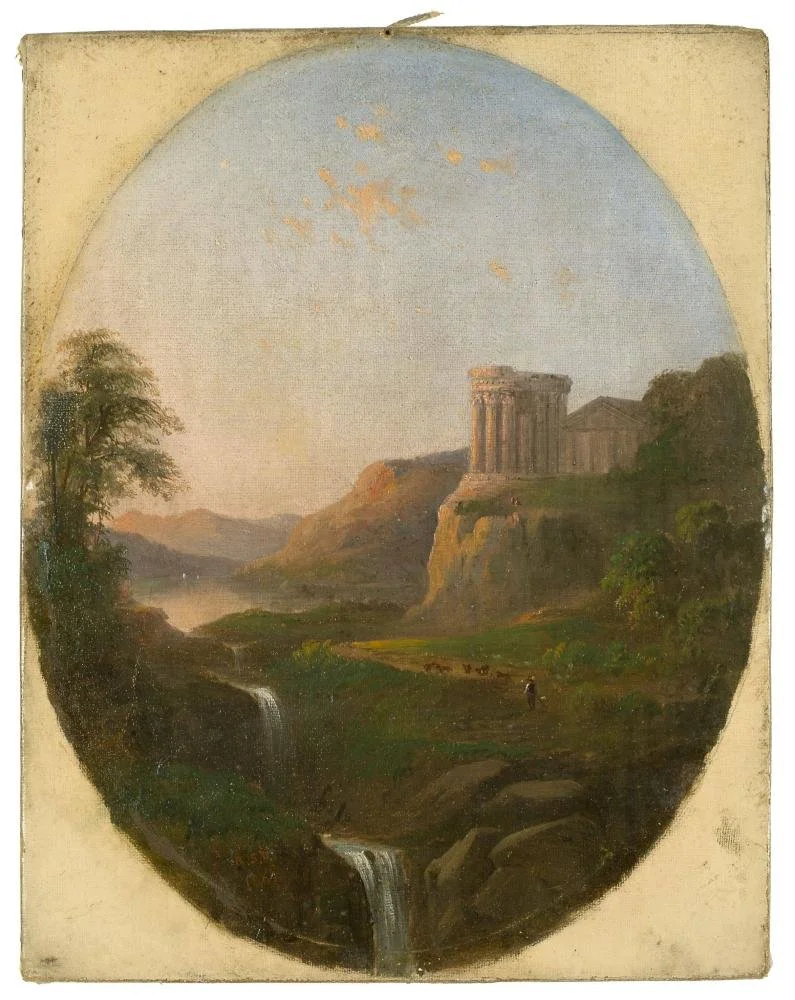Robert S Duncanson's Land of the Lotus Eaters (1861)
Robert S Duncanson’s Land of the Lotus Eaters (1861)
The literary paintings of African American artist Robert S Duncanson fascinate me. This work, Land of the Lotus Eaters (1861), and based on Sir Alfred Lord Tennyson’s poem, marries the forms of history and landscape painting. Its size, its textual sources and its imagery - the expansive view, the flaming color, the lush detail - create a dynamic unfolding that reflect Duncanson’s grand ambitions for the painting. While it reflects his artistic prowess - he was described as the “greatest landscape painter in the American west” - Duncanson uses the allegorical narrative of poetry and the sublime possibilities of paint to also comment on the racial politics of his time. Referring to a poem written by a poet with anti-slavery politics, the artist depicts a passage from Homer’s Odyssey where Ulysses’ men encounter the intoxicating Land of the Lotus Eaters, but transports it to the New World. The painting first went on view two months after the Civil War began (and then traveled to Canada and Europe), and rather than imagining a time ‘before’ slavery, we might also read the painting as projecting a future in which slavery comes to an end. My interest in Duncanson’s paintings revolve around his relationship to time and history and as I research more of his work, I constantly return to this question: what alternative futures does Duncanson construct, both of possibility and place, for African Americans and for the nation itself during the nineteenth century?


